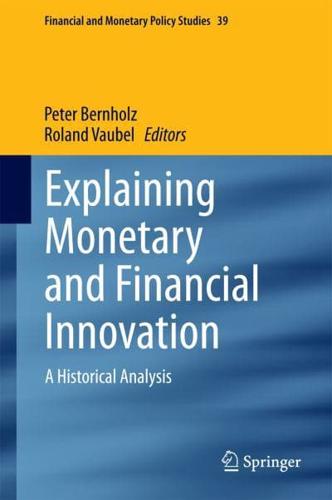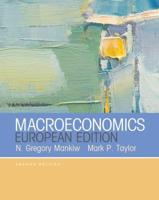Publisher's Synopsis
This book discusses theories of monetary and financial innovation and applies them to key monetary and financial innovations in history - starting with the use of silver bars in Mesopotamia and ending with the emergence of the Eurodollar market in London. The key monetary innovations are coinage (Asia minor, China, India), the payment of interest on loans, the bill of exchange and deposit banking (Venice, Antwerp, Amsterdam, London). The main financial innovation is the emergence of bond markets (also starting in Venice). Episodes of innovation are contrasted with relatively stagnant environments (the Persian Empire, the Roman Empire, the Spanish Empire). The comparisons suggest that small, open and competing jurisdictions have been more innovative than large empires - as has been suggested by David Hume in 1742.











